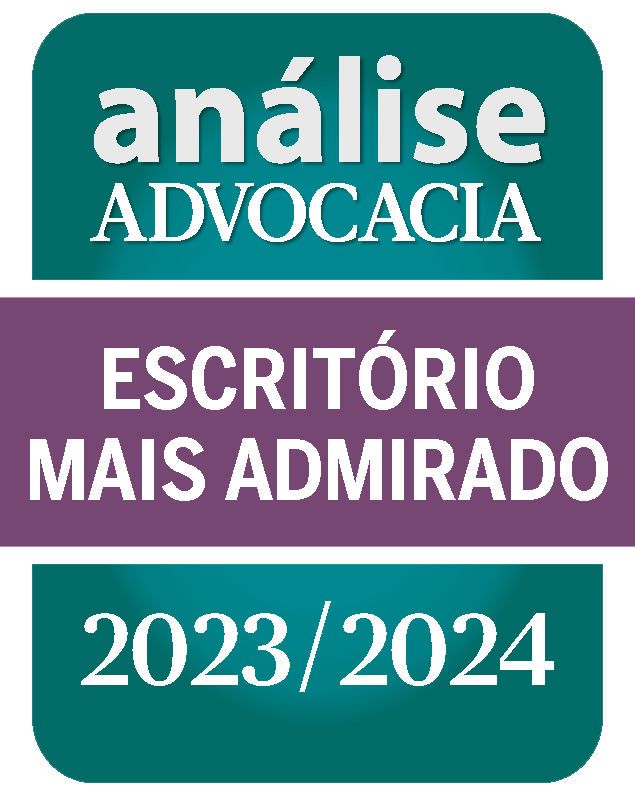10/1/2020
Recently, Brazil has started to adopt precursor measures in innovative treatments for gene therapies, reaching a pioneering position in Latin America.
In August, the National Health Surveillance Agency (Anvisa) registered the first two advanced therapy products: Luxturna, a drug indicated for the treatment of hereditary retinal dystrophy (DHR), and Zolgensma, indicated for Spinal Muscular Atrophy (AME), both drugs were developed by the Swiss pharmaceutical company Novartis to correct genetic mutations in a single dose.
Also in the same month, the Ministry of Health launched a Public Call, in partnership with the National Council for Scientific and Technological Development, to promote the research on advanced therapies to stimulate the development and manufacture of advanced therapy products in Brazil , focusing on SUS priorities.
It is estimated that the resources can reach up to R $ 47.2 million for research on the development of national technology in cell therapy, gene therapy and artificial tissue.
The Public Call will only support projects that aim to develop genuinely national technological platforms for obtaining advanced therapy products, thus seeking to reduce external technological dependence.
Advanced therapies are biological products obtained from human cells and tissues that have undergone a manufacturing process, with the aim of treating, preventing or even diagnosing a disease, seeking to treat complex diseases and without therapeutic alternatives available.
To make this scenario possible, Anvisa prepared for years, until the creation of the regulatory framework, which became a reality with the publication of Collegiate Board Resolution No. 338, of February 20, 2020, in effect since June 1, 2020.
The recent norm established the criteria for companies to obtain the registration of advanced therapy products, a new category created by the regulation, creating space for research, treatment offers for cases of rare diseases or without therapeutic alternatives available. Rare diseases are those that affect up to sixty-five people in every hundred thousand individuals, and ultra-rare are those with an incidence less than or equal to one case for every fifty thousand individuals.
In addition, Anvisa has been implementing an important digital transformation project for this type of product, which aims to provide greater speed to the progress of processes through digital petitioning – Solicita system.
There are also some important steps to enable access to advanced therapies: the submission of the price dossier to the Medicines Markets Regulation Chamber, as well as the assessment of the possible incorporation of new therapies to SUS, once the guarantee of access to high cost innovative treatments is a real challenge.
Coauthors: Raissa Pinati do Nascimento and Sueli de Freitas Veríssimo Vieira


